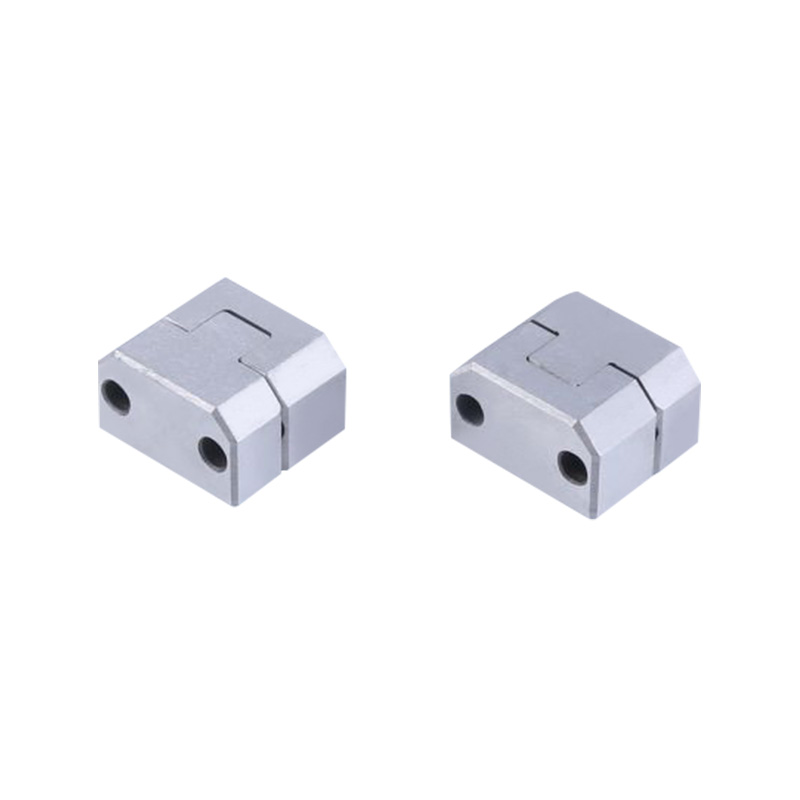Email: [email protected]
Why Mold Wear Blocks Are Becoming Standard in High-Pressure Die Casting Molds?
The relentless environment of high-pressure die casting (HPDC) pushes molds to their absolute limits. Molten metal, injected at pressures and velocities, coupled with intense thermal cycling, creates a storm for wear and degradation in critical mold areas like cores, cavities, and slides. Historically, this meant costly, time-consuming full mold repairs or premature replacement. Today, a solution is rapidly becoming ubiquitous: the Mold Wear Block. These precision-engineered, replaceable inserts are transforming mold maintenance strategies and economics, solidifying their position as a standard component in modern HPDC operations.
The core problem HPDC addresses is unforgiving. Aluminum, zinc, or magnesium alloys, superheated and injected under thousands of pounds per square inch, aggressively erode steel surfaces. Abrasion from fill turbulence, soldering (metal adhering to the mold), thermal fatigue cracking, and corrosive attack relentlessly degrade the mold's geometry and surface finish. Traditional monolithic mold construction meant that when these high-wear zones failed, the entire mold block often required machining, welding (a risky process prone to distortion and future failure), or replacement. Downtime soared, and costs mounted.
Enter the strategically placed Mold Wear Block. Instead of machining critical features directly into the expensive, massive backing blocks of the mold, engineers design specific pockets. Into these pockets fit the Mold Wear Block – a hardened, often specially coated or treated steel insert precisely shaped to form the desired cavity wall, core tip, gate area, or other vulnerable surface. This modular approach fundamentally changes the maintenance paradigm.
The primary driver for the Mold Wear Block becoming standard is undeniable cost savings. When wear inevitably occurs, technicians no longer need to dismantle and machine the entire main mold block. Instead, they simply remove the worn Mold Wear Block and replace it with a newly manufactured or refurbished spare. The backing block, representing the significant material and initial machining investment, remains untouched. This slashes repair costs dramatically, often reducing them by 50-70% compared to monolithic repairs. The Mold Wear Block acts as a sacrificial shield for the core mold structure.

Minimizing downtime is equally critical in high-volume production. Replacing a Mold Wear Block is significantly faster than performing complex welding repairs or machining large mold blocks. Pre-machined and hardened Mold Wear Block spares can be inventoried. When wear reaches a critical point, the swap can often be performed with the mold still in the machine or during a scheduled maintenance window, drastically reducing line stoppages. This speed translates directly into higher throughput and profitability. The ability to quickly swap a Mold Wear Block keeps production flowing.
Furthermore, Mold Wear Block technology enables mold performance and longevity. Because each Mold Wear Block is a dedicated component, it can be manufactured from the material for its specific function and location. While the backing block might use a tough, less expensive steel, the Mold Wear Block itself can utilize premium tool steels with exceptional hot hardness, thermal conductivity, and resistance to soldering or corrosion. Advanced surface treatments like nitriding, specialized coatings (e.g., chromium nitride, diamond-like carbon), or even ceramic inserts can be applied specifically to the Mold Wear Block, enhancing its lifespan far beyond what's feasible for a monolithic mold section. This tailored material science is key to the Mold Wear Block advantage.
Consistency and precision are also enhanced. Manufacturing a new Mold Wear Block to exact specifications in a controlled environment is inherently more precise than attempting complex repairs on a large, installed mold block. This ensures dimensional accuracy and consistent part quality after replacement. The repeatability offered by a standardized Mold Wear Block system is invaluable for maintaining tight tolerances over hundreds of thousands of cycles.
Design flexibility is another benefit. Engineers can strategically place Mold Wear Blocks only where the wear is anticipated, optimizing cost and complexity. They can also design the Mold Wear Block with features that might be difficult or risky to machine directly into a large block. The modularity allows for design tweaks or improvements by simply modifying the Mold Wear Block geometry in future iterations, without altering the fundamental mold structure.
The evidence of this shift is clear across the industry. Major mold makers and foundries increasingly design new HPDC molds with Mold Wear Blocks as an integral feature from the outset, recognizing them not as an optional extra but as essential for competitiveness. Retrofitting older molds with Mold Wear Block systems is also a common and cost-effective strategy to extend their productive life and reduce ongoing maintenance headaches. The Mold Wear Block is no longer a niche solution; it's a fundamental design principle.
In conclusion, the rise of the Mold Wear Block to standard status in HPDC is a direct response to the economic and operational pressures of modern manufacturing. By offering substantial cost reductions through targeted repairs, minimizing costly downtime, enabling the use of materials for critical surfaces, ensuring precision, and providing design flexibility, the Mold Wear Block delivers compelling value. As die casters push for higher productivity, lower part costs, and extended tooling life, incorporating robust Mold Wear Block systems is no longer just wise – it's becoming the indispensable standard for building and maintaining high-pressure die casting molds capable of thriving in the demanding foundry environment. The Mold Wear Block is here to stay, firmly embedded in the foundation of efficient die casting.
Get in touch
Related recommendations
